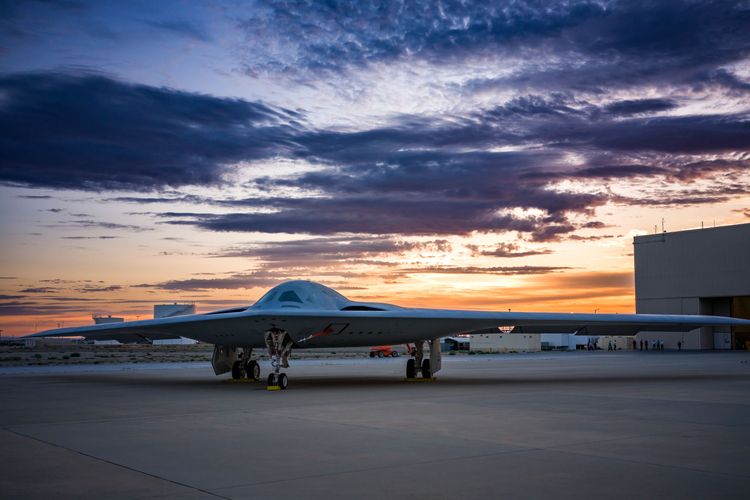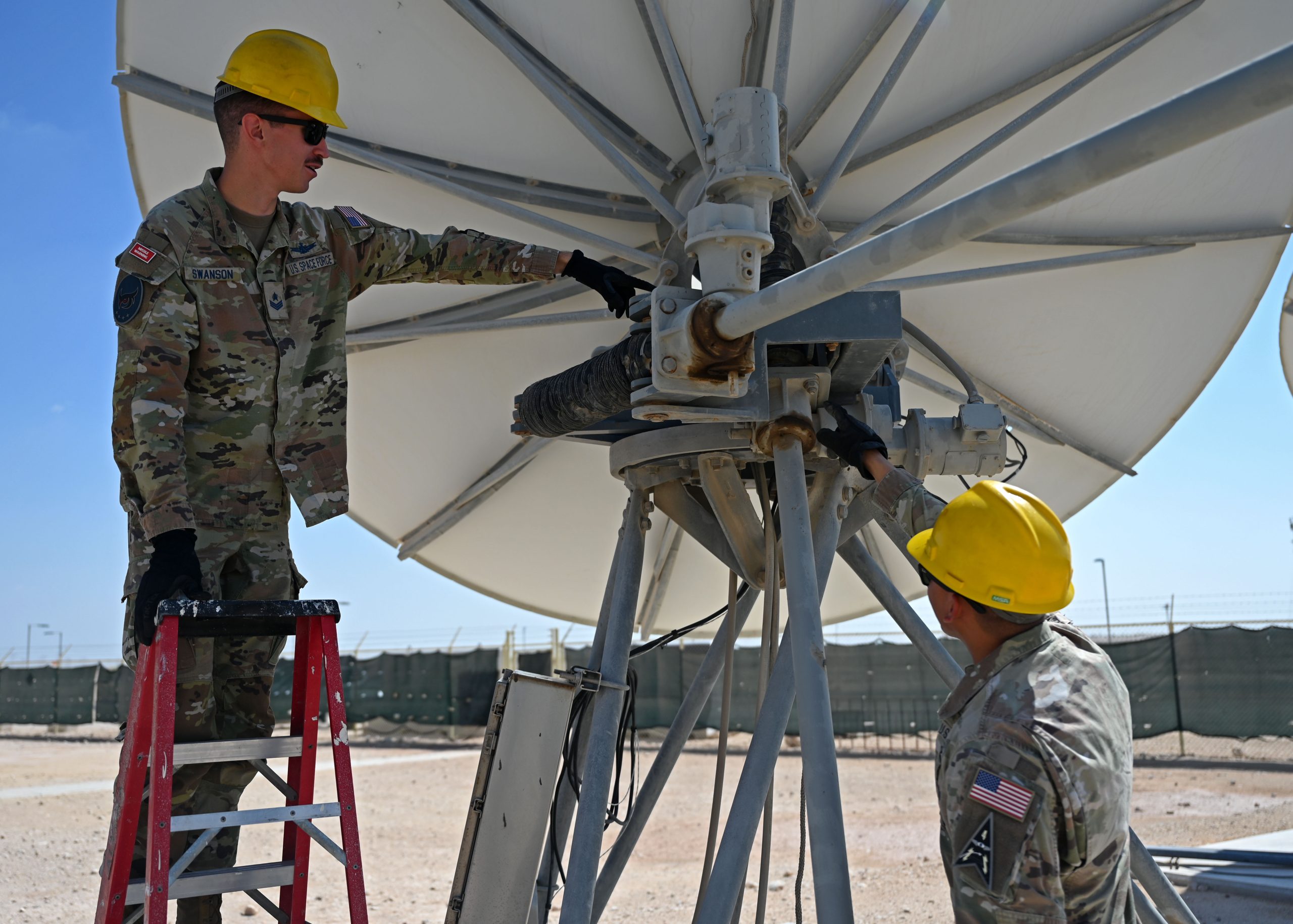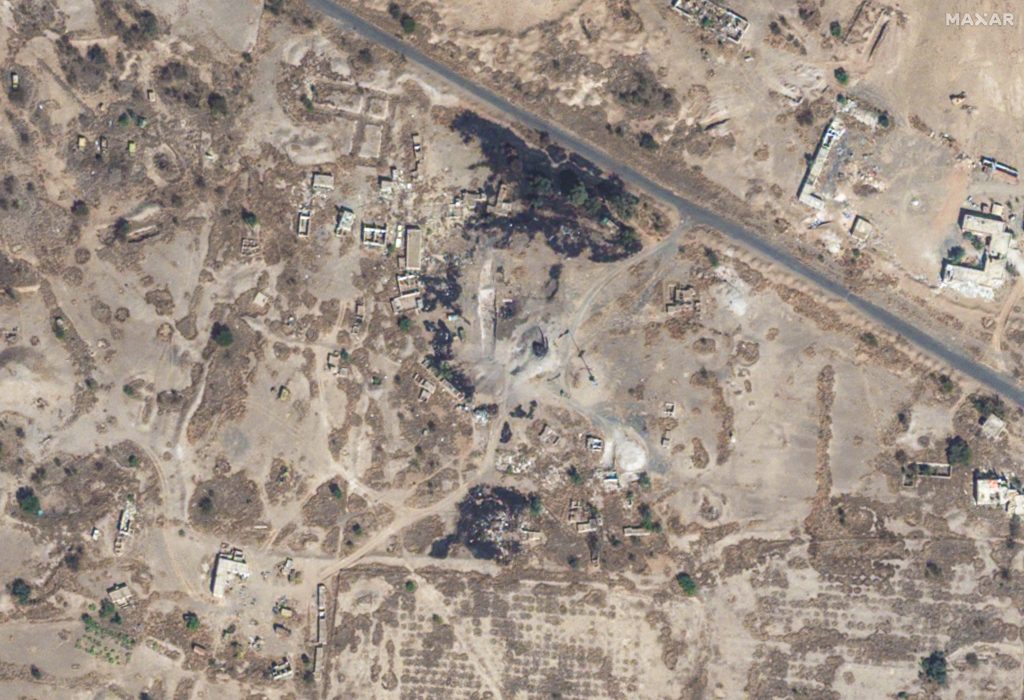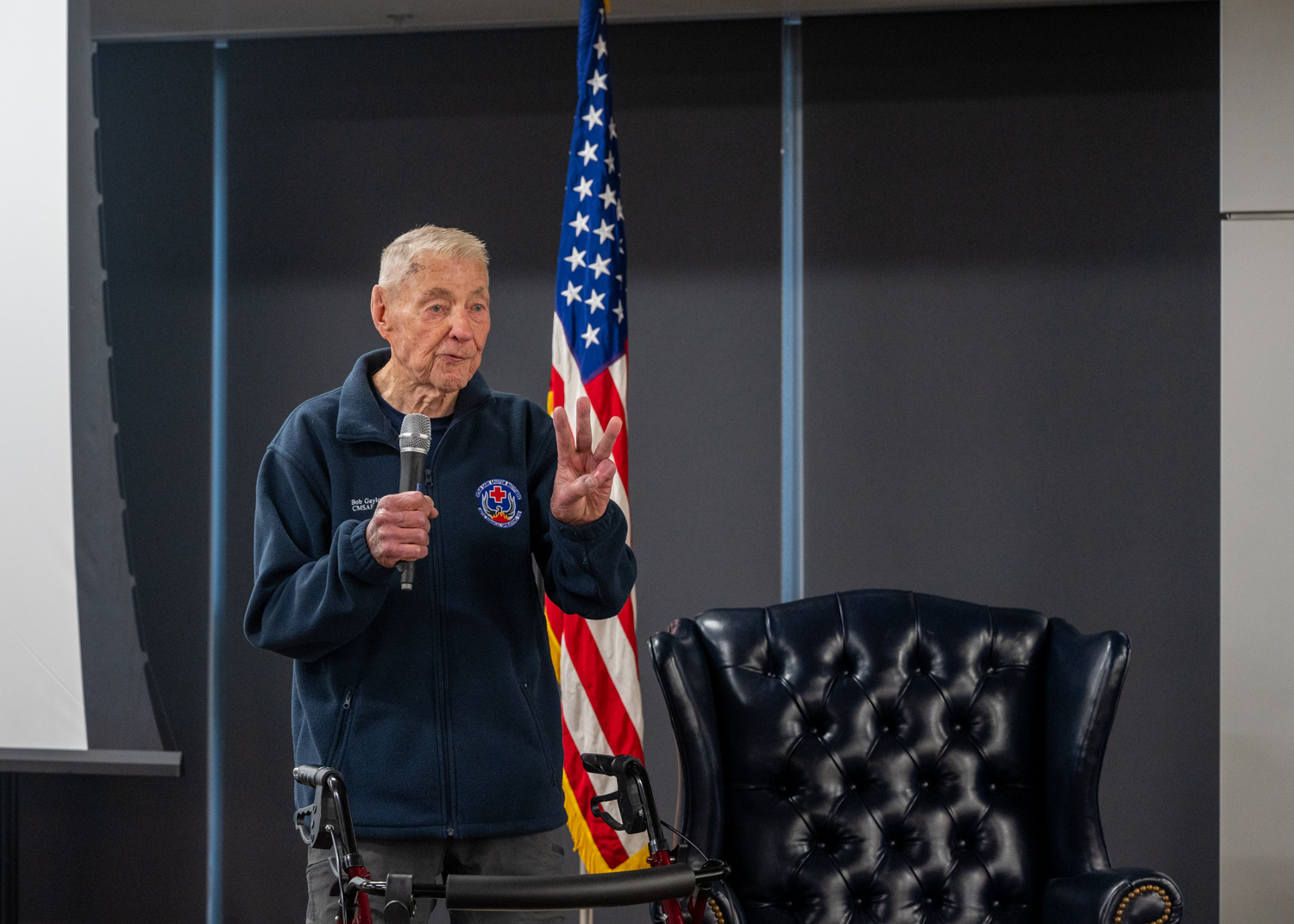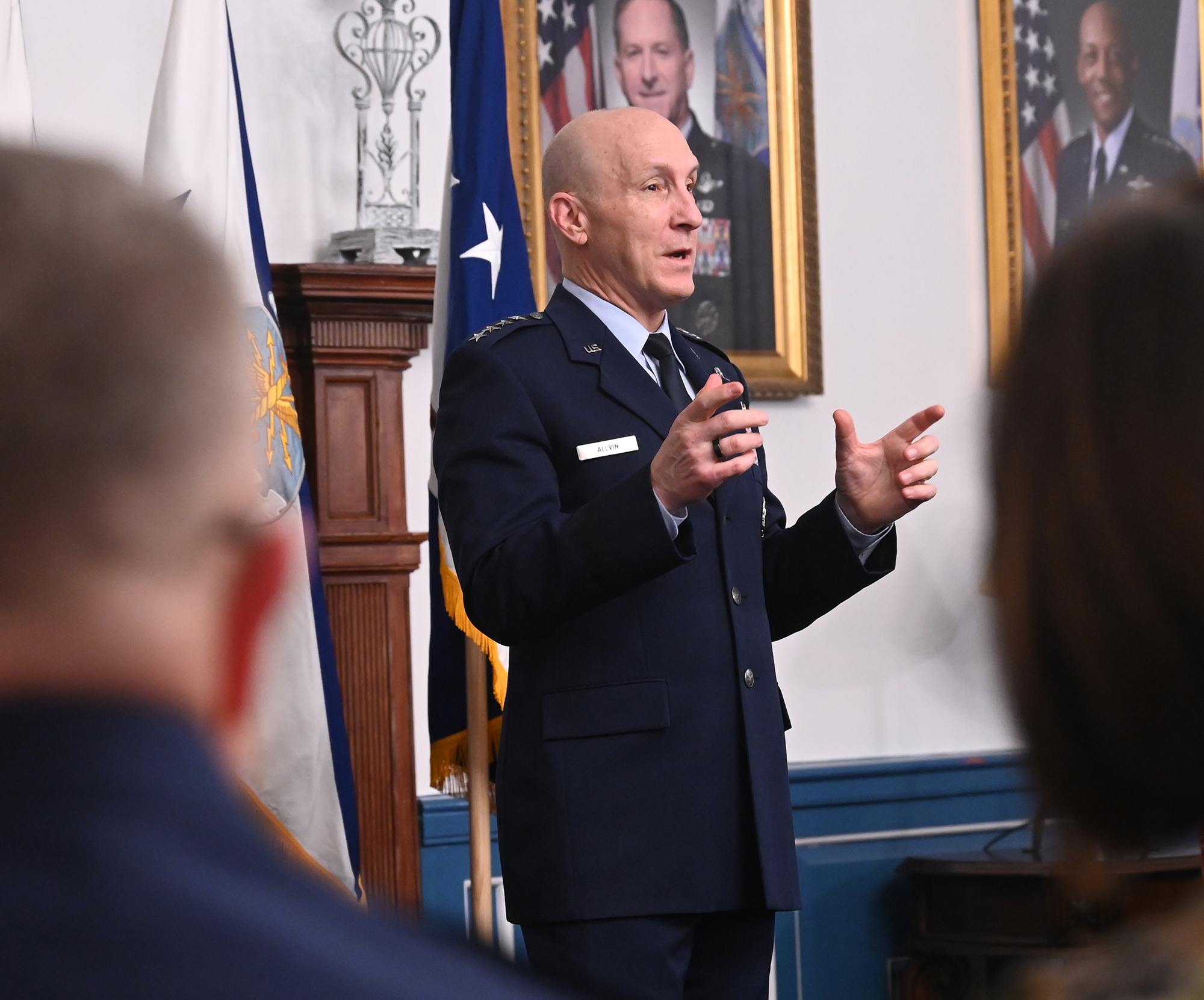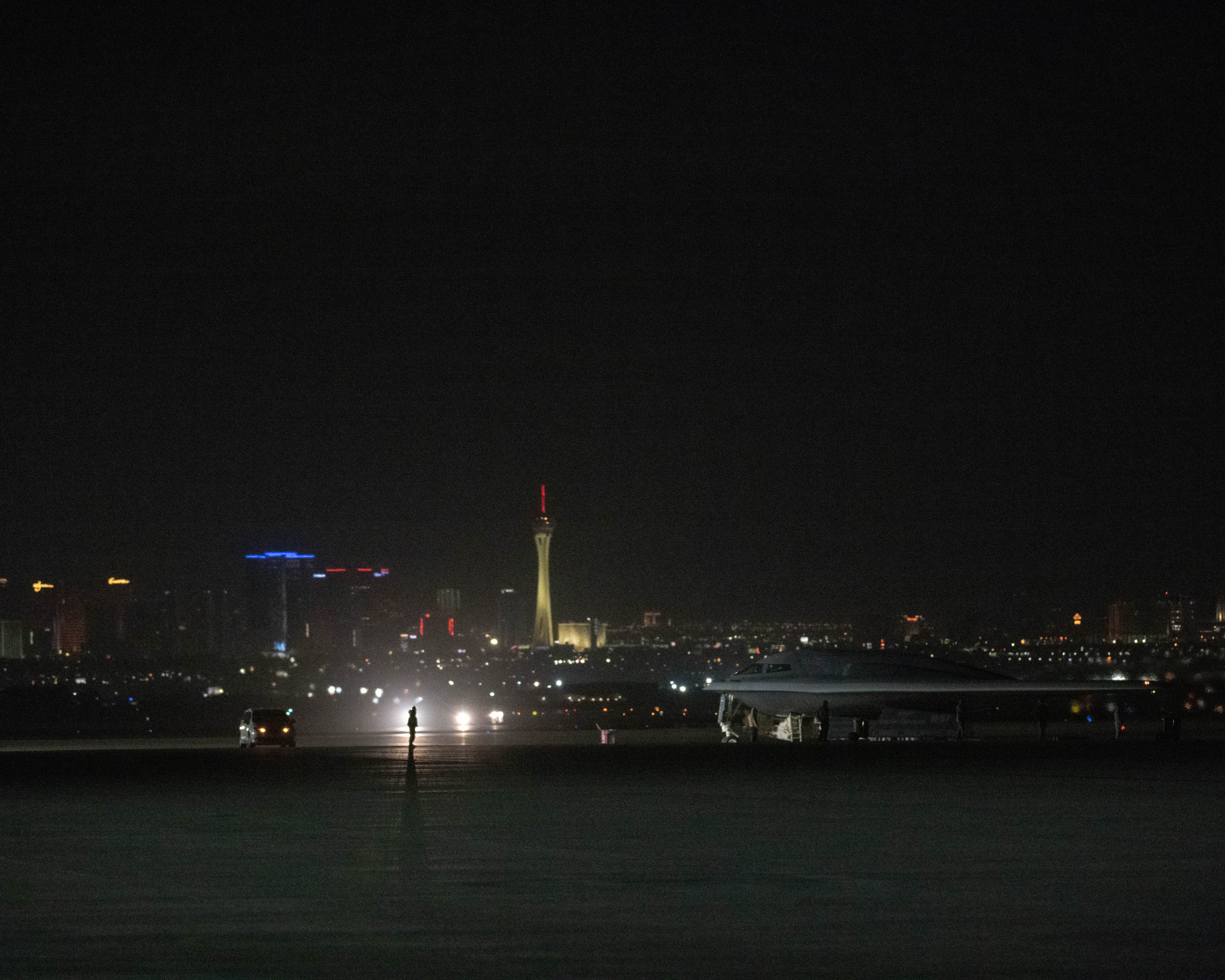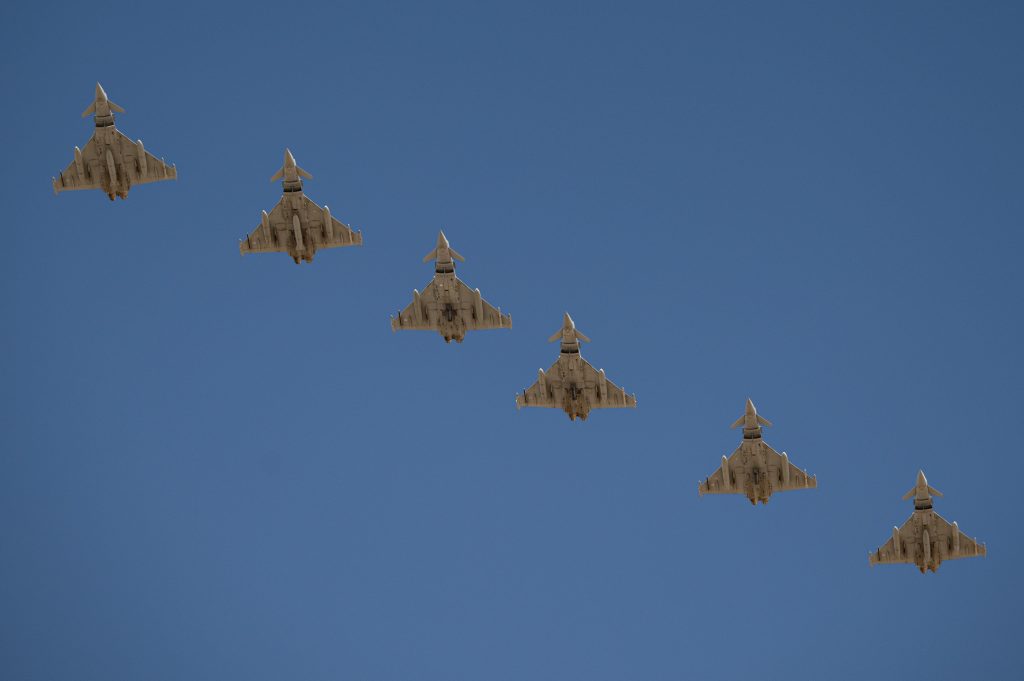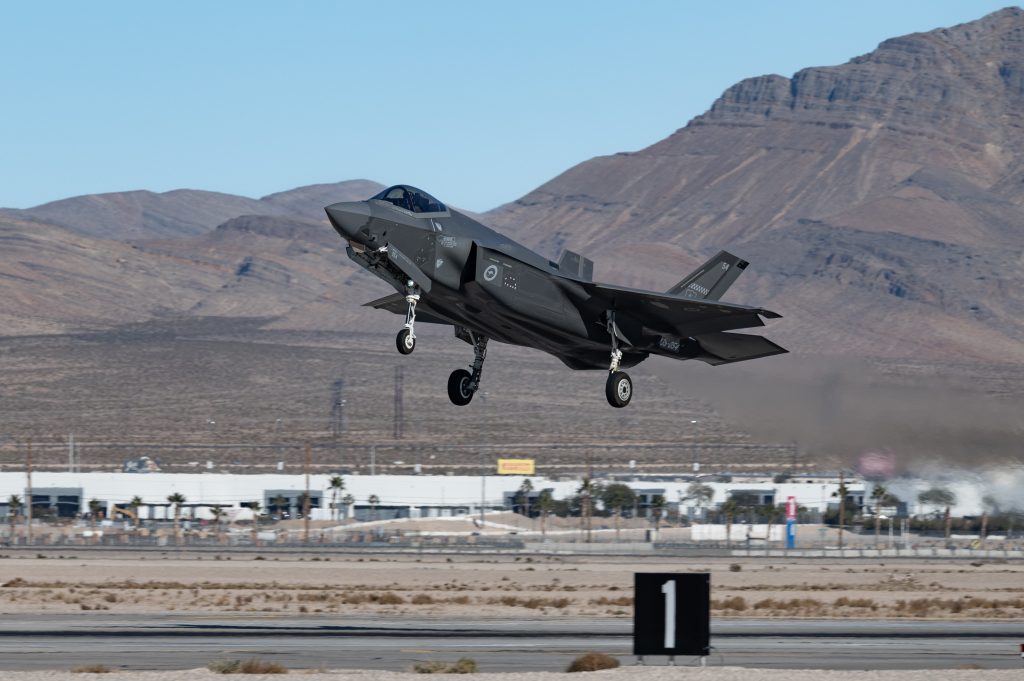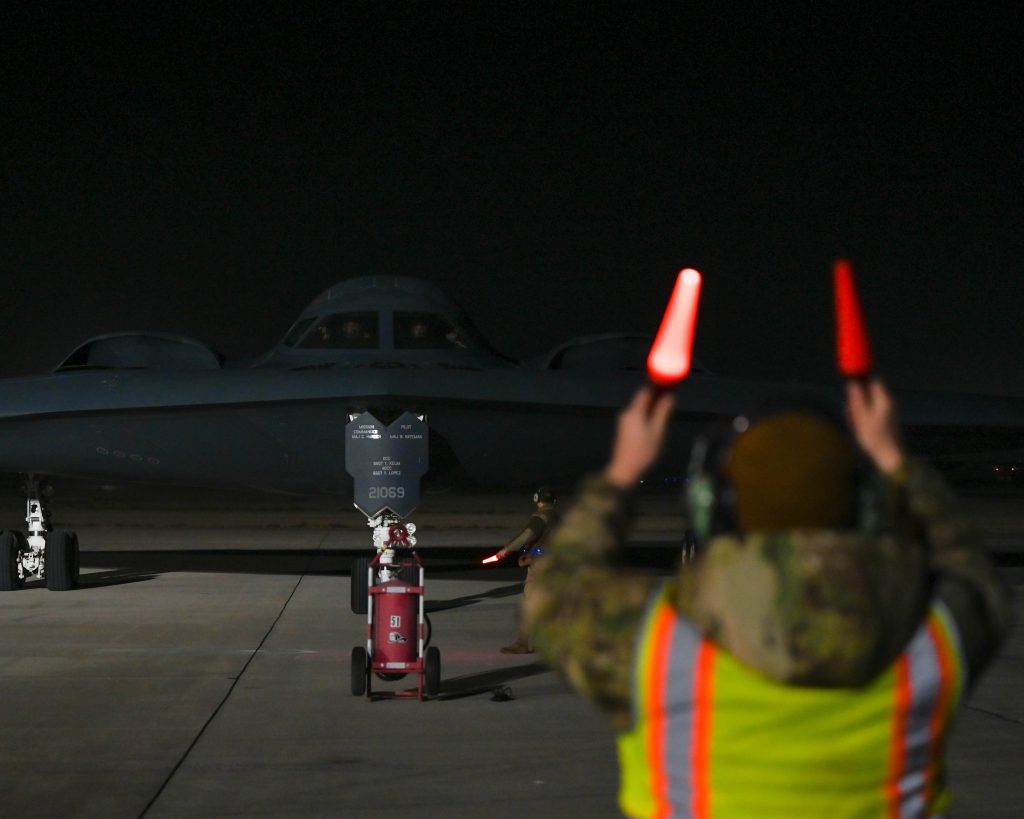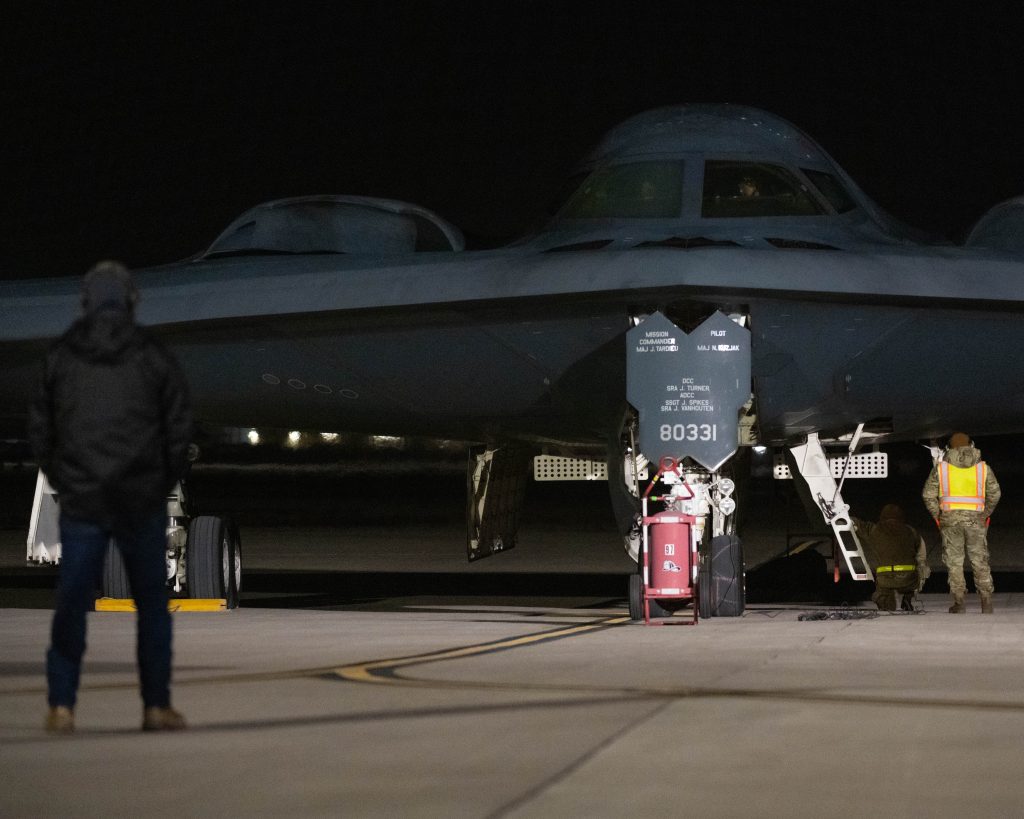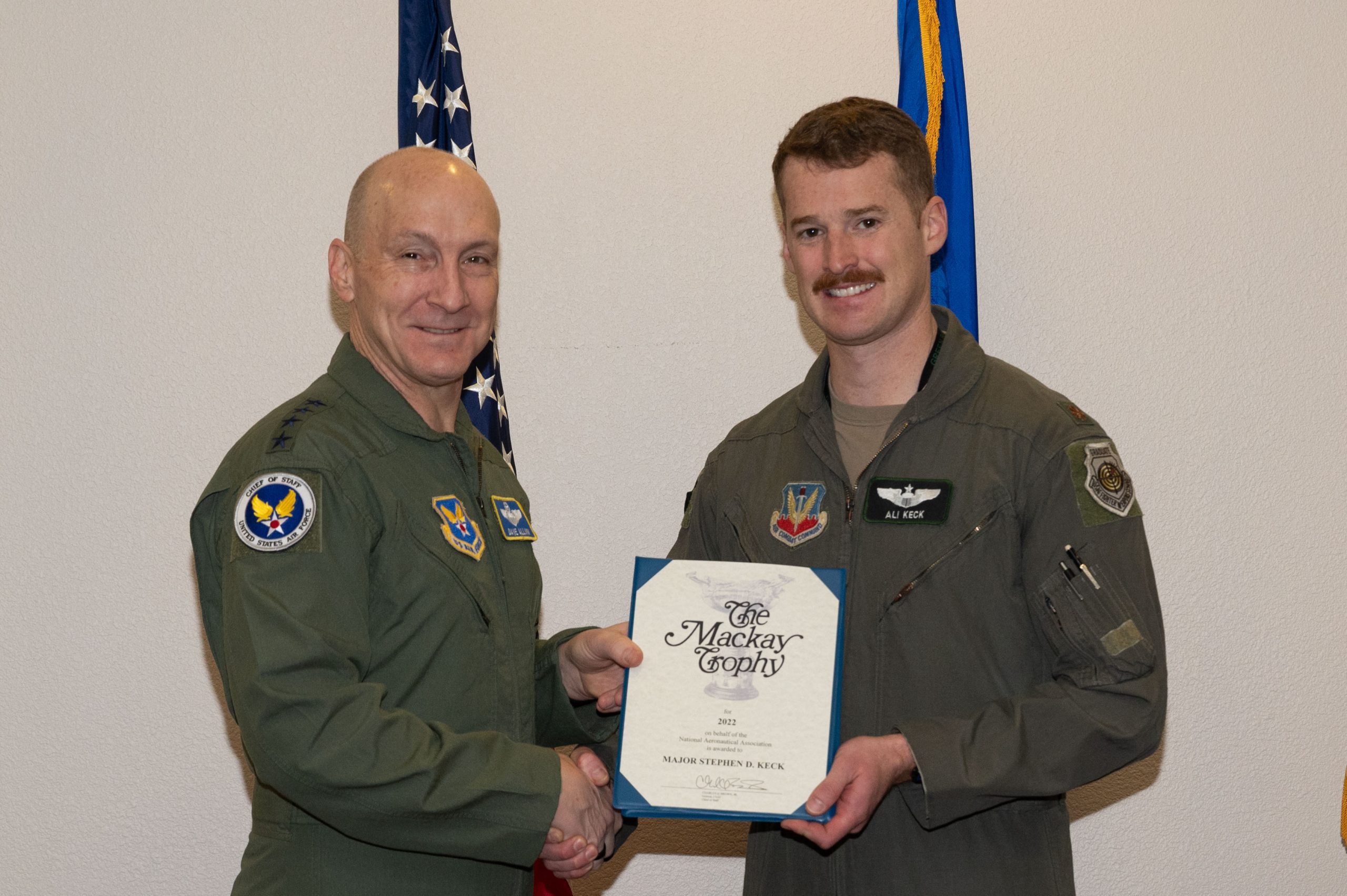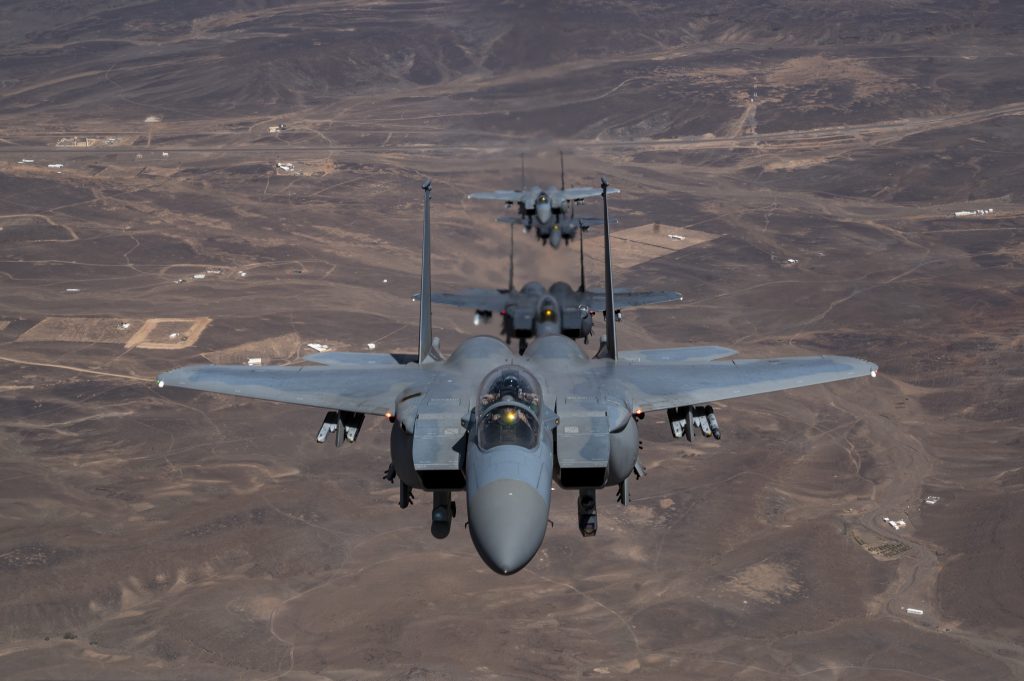The new B-21 Raider bomber made its second ever confirmed flight Jan. 17 at Edwards Air Force Base, Calif., just over two months after its first flight.
The Air Force verified the test flight after aviation trackers noted potential chase planes on flight tracking websites. This marks the first known time the Raider has flown from Edwards—its inaugural flight on Nov. 10 started at Air Force Plant 42 in Palmdale, Calif., and concluded at Edwards.
“I can confirm the B-21 flew [Jan. 17]” Air Force spokeswoman Ann Stefanek said in an email statement to Air & Space Forces Magazine. “Flight testing is a critical step in the test campaign managed by the Air Force Test Center and 412th Test Wing’s B-21 Combined Test Force to provide survivable, long-range, penetrating strike capabilities to deter aggression and strategic attacks against the United States, allies, and partners.”
For operational security reasons, the Air Force is not providing further details related to the test program to include the number of flights the aircraft has flown. The service also declined to confirm whether the B-21 that flew Jan. 17 was the same aircraft that conducted the first flight in November. Manufacturer Northrop Grumman has previously said six aircraft are in some stage of production.
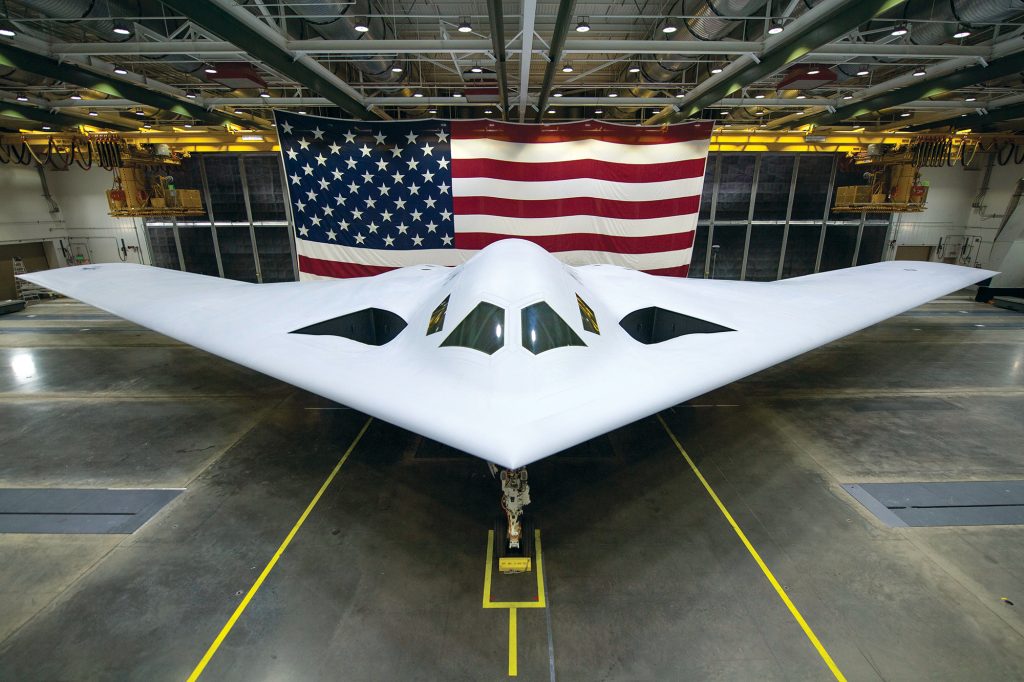
Just like the B-21’s first flight, this latest test was not announced beforehand and no official imagery was released. Outside of the bomber’s public rollout in December 2022 and a few photos released in September 2023, the Air Force has kept the aircraft largely out of sight, though some civilian photographers captured images from taxi tests and the first flight.
The B-21 is a developmental, penetrating strike bomber planned to deliver both conventional and nuclear munitions. Its wingspan is projected to be about 140 feet; smaller than the B-2’s 172-foot wingspan. The service plans to acquire at least 100 B-21s to replace its 45 B-1s and 20 B-2s over the next decade.
The Air Force previously said that B-21 test aircraft will be “usable assets” as soon as they are airworthy, and that the test aircraft will be converted to operational configuration after developmental and operational testing is complete.
The contract for the B-21 was awarded in 2015, and the aircraft is expected to cost around $700 million each in current dollars. The B-21 was officially named the “Raider” in 2016, to honor the Doolittle Raiders of World War II that carried out the first airstrikes against Japan.
